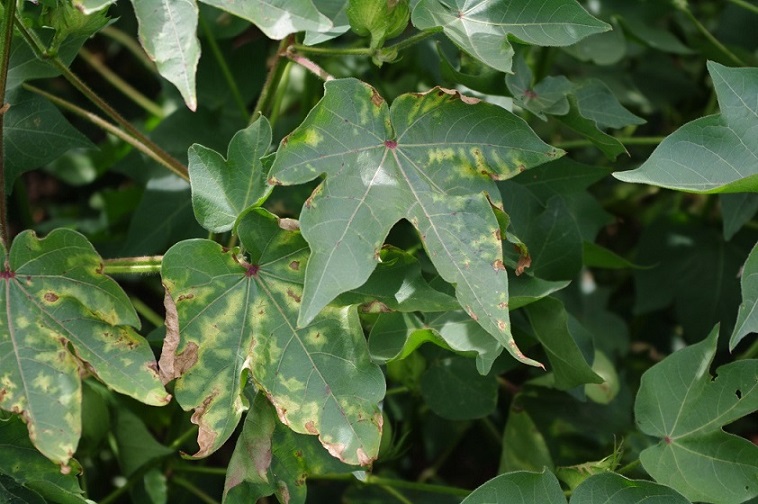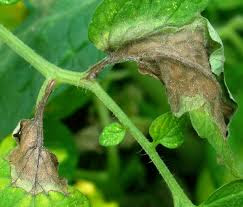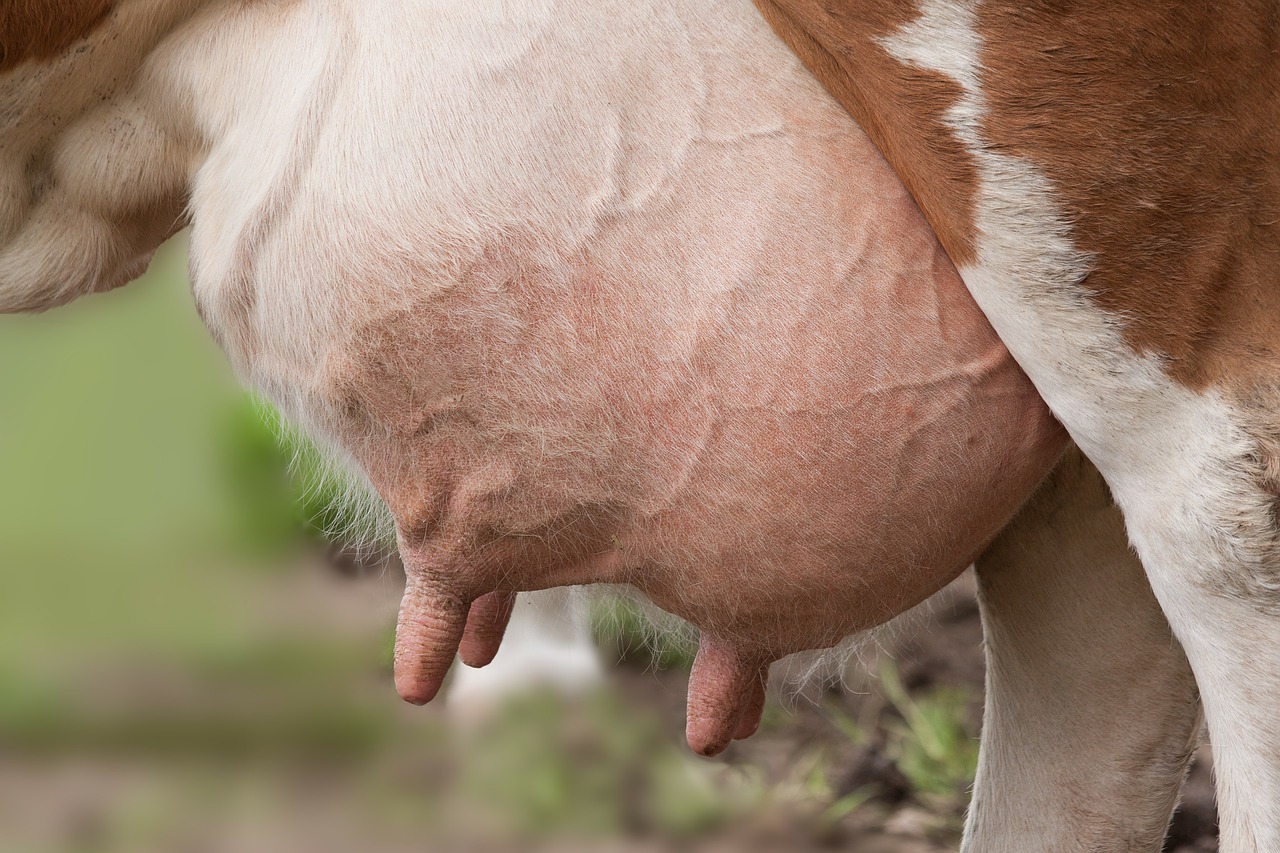Prevention/Control/Treatment of Mastitis:-
Prevention:-
- A good milking routine is vital.
- This usually consists of applying a pre-milking teat dip or spray, such as an iodine spray, and wiping teats dry prior to milking.
- The milking machine is then applied.
- After milking, the teats can be cleaned again to remove any growth medium for bacteria.
- A post-milking product such as iodine-propylene glycol dip is used as a disinfectant and a barrier between the open teat and the bacteria in the air.
- Mastitis can occur after milking because the teat holes close after 15 minutes if the animal sits in a dirty place with feces and urine
Control
- Practices such as good nutrition, proper milking hygiene, and the culling of chronically infected cows can help.
- Ensuring that cows have clean, dry bedding decreases the risk of infection and transmission.
- Dairy workers should wear rubber gloves while milking, and machines should be cleaned regularly to decrease the incidence of transmission.
Treatment
- Treatment is possible with long-acting antibiotics, but milk from such cows is not marketable until drug residues have left the cow’s system.
- Antibiotics may be systemic (injected into the body), or they may be forced upwards into the teat through the teat canal (intramammary infusion).
- Cows being treated may be marked with tape to alert dairy workers, and their milk is syphoned off and discarded.
- To determine whether the levels of antibiotic residuals are within regulatory requirements, special tests exist.
- Vaccinations for mastitis are available, but as they only reduce the severity of the condition, and cannot prevent recurring infections, they should be used in conjunction with a mastitis prevention program.
Like and share with other farmers by clicking on button below
Share



